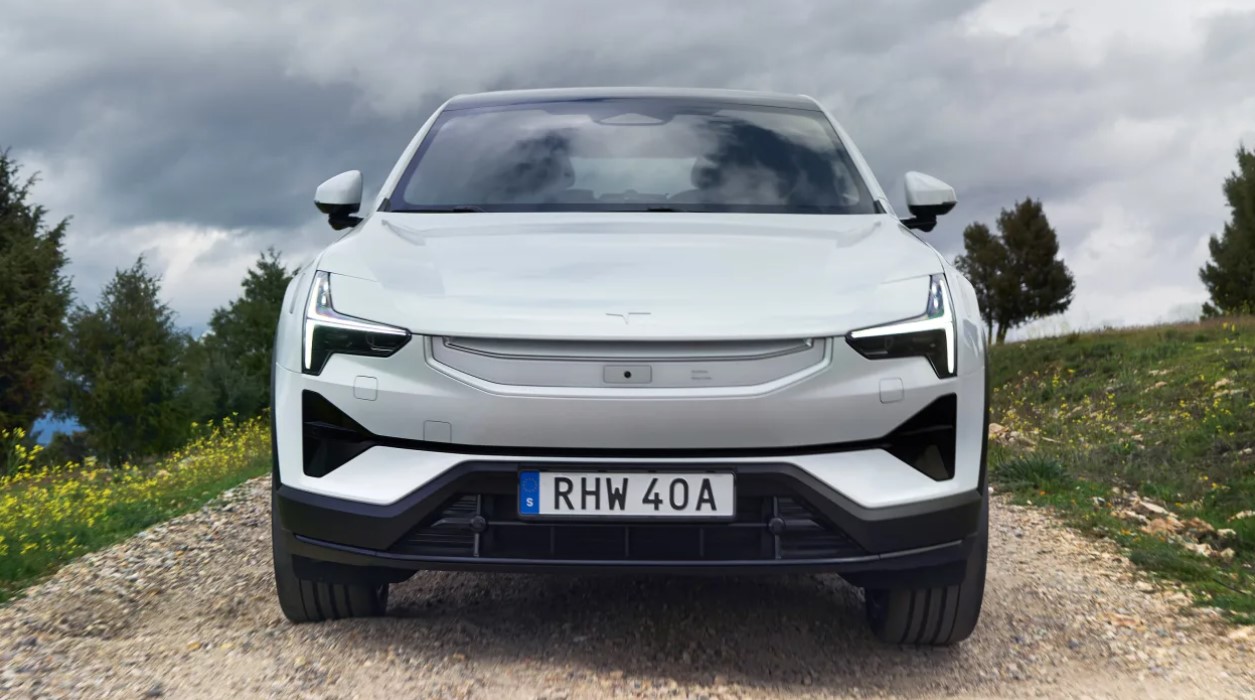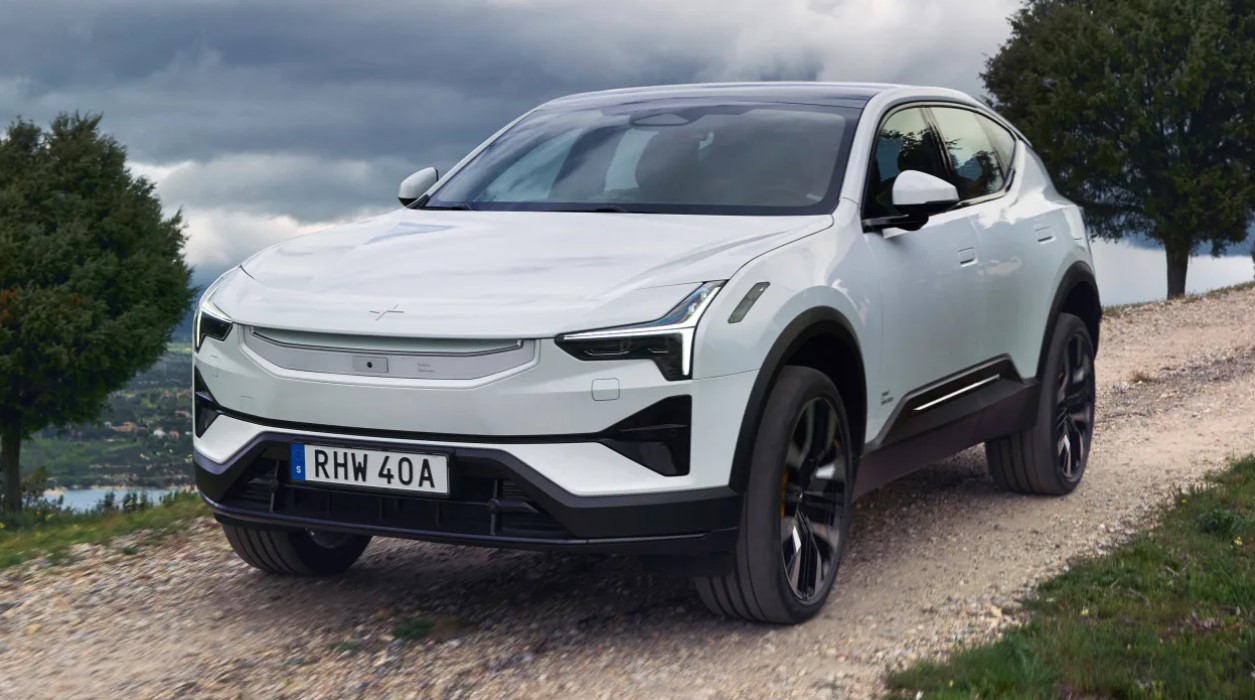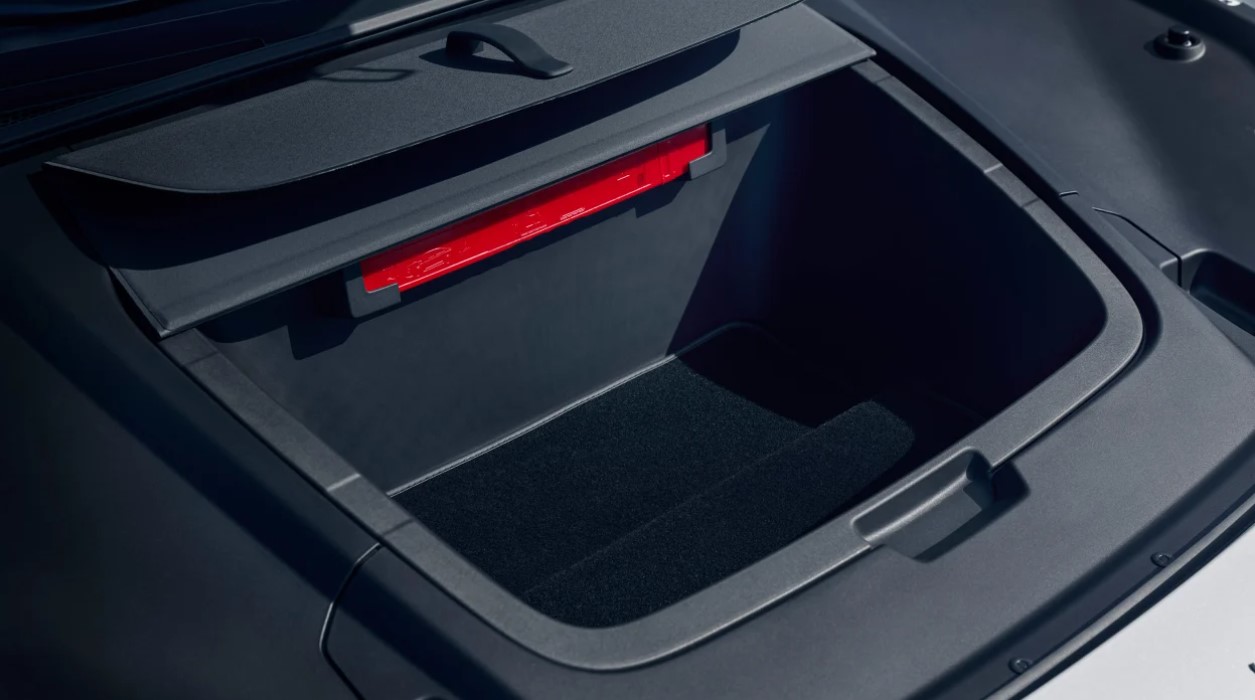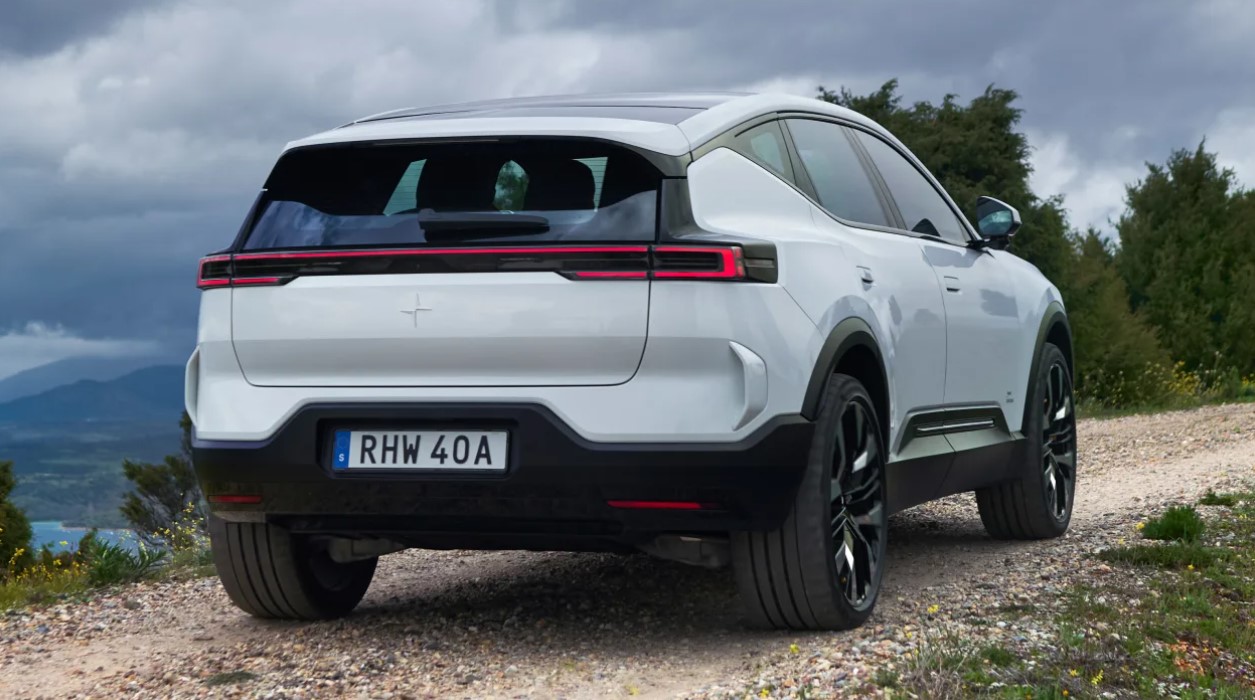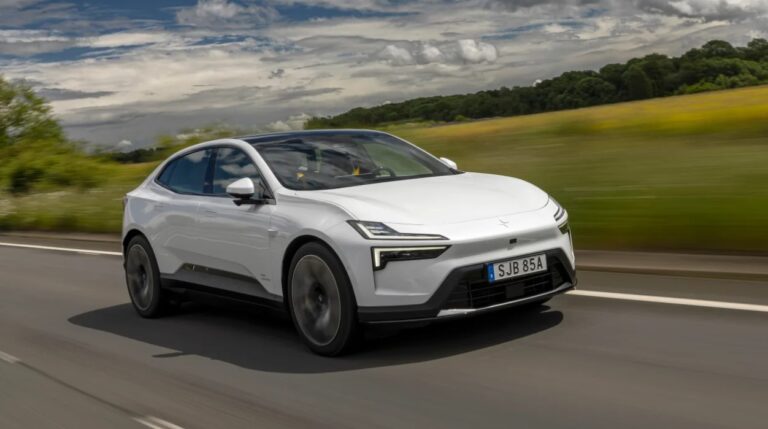2026 Polestar 3 Specs, Price, Changes
2026 Polestar 3 Specs, Price, Changes – Polestar, a well-known motorsport racing team, became a stand-alone brand in 2017 with a significant emphasis on electric vehicles. The Polestar 1 arrived first, followed by the Polestar 2 in 2020.
The Polestar 4 will debut shortly after the Polestar 3, which is slated to launch in 2026. A 2026 Polestar 3 will never exist since Polestar has an alphanumeric naming scheme. 2026 Polestar 3 Specs
Table of Contents
2026 Polestar 3 Redesign and Update Plan
Exterior & Interior
The 2020 Precept concept undoubtedly had an impact on the 2026 Polestar 3. It stands out in the market for high-end SUVs thanks to its fascinating surface and features. According to Polestar, “aerodynamic elements are integrated into the exterior design, working together to enhance handling and efficiency,” with enthusiasm. The vehicle’s most noticeable features are its front and rear aero wings, which direct wind around it. Flush-fitting door handles and flush-side windows further enhance aerodynamics.
The 2026 Polestar 3’s Senior Exterior Designer, Nahum Escobedo, stated that the side profile was inspired by airplanes, with the rising window line on the rear pillar acting as a tail fin. Additional fashionable elements are the intricate full-width LED rear light design and the frameless, plinth-mounted auto-dimming wing mirrors. To emphasize the vehicle’s width, the two-piece LED headlamps’ smaller outer section is placed inside the front wings.
As you can see, some of the technologies in the 2026 Polestar 3 have been identified by Polestar using a few external labels. On the nose is a “SmartZone” insignia adjacent to an eight-megapixel camera. Although the Performance Pack badge is smaller here, there are no expenses associated with removing it. The side markings on the Polestar 2 that indicate the battery capacity are identical.
The six color options include a dark blue, black, white, and various shades of grey. However, we thought the gold “Jupiter” metallic was the most eye-catching choice.
The 2026 Polestar 3 has the same basic concept as the Polestar 2, although appearing to be much bigger and more opulent. The Polestar appears to be well-built overall, although lacking the Mercedes EQE SUV’s massive screens and the BMW iX’s recognizable chintz.
Almost every surface exudes a feeling of perfection. Compared to the Polestar 2, the headlining is softer, the man-made leather is more cushioned, and parts like the center console and doors seem to come together well. Furthermore, Polestar and Bridge of Weir have teamed together to provide the choice of Nappa leather inside. By selecting this option, you can additionally take advantage of motorized side supports and ventilated front seats with a massaging feature. Another option is a Black Ash dash. Among the extra amenities on our Performance Pack-equipped car were “Swedish Gold” seatbelts.
The center screen is an interesting point of contention since, despite the Google-based entertainment system’s seeming simplicity, we thought that it was too necessary for the car to function. The 2026 Polestar 3’s 14.5-inch screen manages the temperature, driving modes, and nearly every other feature, so there aren’t many physical buttons. But it’s quite easy to use, and the idea of having configurable shortcuts on the home screen is a clever one. When we tested the Google voice assistant, it appeared to work as intended. The driver’s 9-inch screen, on the other hand, is sharp and well-made.
Your 2026 Polestar 3’s steering wheel buttons aren’t the best; they’re not lit, and there are no indicators at all, so you’ll need to learn how to use each one if you want to drive at night. A rotary dial in the center console allows you to select among the options on the screen, albeit it’s not as quick as we’d like.
Polestar has also copied Volkswagen’s electric window switch technology. You may switch between the front and rear window controls with a touch-sensitive “button” and there are just two real switches. This design is not found in VW Group vehicles, and it doesn’t get any better here.
Dolby Atmos and a Bowers & Wilkins sound system were installed in our vehicle. It sounded bad and appeared to be very front-biased, even with 25 speakers and noise-cancelling technology. 2026 Polestar 3 Specs
2026 Polestar 3 Specs
Engine & Performance
The 2026 Polestar 3 and the upcoming Volvo EX90, which will be an all-electric version of the XC90, share the same SPA2 architecture. Our experience with the 2026 Polestar 3 confirmed that Polestar, not Volvo, is committed to provide a dynamic, driver-focused experience.
The 2026 Polestar 3 shares the same center of gravity as the sleek Polestar 1 coupe, although weighing 2,670 kg. It is also quite powerful; the Performance Pack version we tested had 510 horsepower and 910 Nm of torque, while the standard Launch Edition had 483 horsepower and 840 Nm of torque.
Driving the 2026 Polestar 3 makes it obvious that you’re in a large car. Road ruts and bumps are smoothed out at low speeds by the dual-chamber, self-leveling air suspension with adjustable dampers. Due to the basic setup’s apparent softness and floatiness, as well as some pitch and tilt caused by the light and quick steering, the 2026 Polestar 3’s weight is visible around town.
Although the distance between the rear window and the rearview mirror is noticeable, it is not a major issue in congested areas. It is easy to place on the road thanks to the ridges on the outside corners of the bonnet, and the front view is great. The turning radius of 11.8 meters isn’t too bad considering the absence of rear-wheel steer technology.
When you accelerate on the highway, the damping maintains a comfortable ride even with 22-inch wheels and Pirelli P Zero tires. In addition to smoothing out road imperfections, the Pirelli tires’ width also lessens road and wind noise that enters the cabin. The dampers may be adjusted to “Standard,” “Nimble,” or “Firm.” We felt the 2026 Polestar 3 was more stable in these settings and required less steering input when cruising, even though it didn’t seem to change much between the Nimble and Firm settings.
Furthermore, the steering may be set to “Standard,” “Firm,” or “Light.” If you’re pressing on, it looks over-assisted in Firm, thus it’s best to leave it in Light to optimize what is often a nice driving experience. The 2026 Polestar 3 has a fast front end and good balance overall, but it struggles to communicate with the steering while negotiating bends, making it challenging to drive over them. If the throttle is squeezed, a little amount of rear-wheel slippage is allowed while the traction control is in “sport” mode.
This is helpful since the steering would struggle to keep up if there are any more. The 2026 Polestar 3 provides traction despite its weight, and you may accelerate quickly with fluid input.
The 2026 Polestar 3’s driving position is excellent for a fast SUV, but we discovered that it requires five taps on the central touchscreen to change the steering wheel position—far too many. During our journey, we also had an issue with the back motor disengaging, which resulted in the car only being in front drive. We were told, though, that this issue won’t affect launch cars in the UK.
There is not much adjustability on the brakes. Brake regeneration may be adjusted to “Low,” which is less aggressive, or “High,” which is a one-pedal mode, or it can be turned off in “Off” and coasting. Even if the foot feels better with the brakes off, the transition from pressing the accelerator to the regeneration starting up is rather smooth. The 400mm drilled and vented discs up front and the 390mm discs down back, when combined with Brembo four-piston calipers, provide an incredible amount of stopping force.
There is just one engine choice available for the 2026 Polestar 3, a dual-motor system powered by a huge 107kWh battery. The average car can go from 0 to 62 kilometers per hour in five seconds with 483 horsepower and 840 Nm of torque. By boosting the output to 510 horsepower and 910 Nm of torque, the Performance Pack cuts the time from 0 to 62 miles per hour to 4.7 seconds. The top speed of both versions is 130 mph. 2026 Polestar 3 Specs
2026 Polestar 3 Fuel Economy
Aerodynamics plays a major role in the 2026 Polestar 3’s design. The rounded front end is evocative of the 2020 Polestar Precept concept, with its low nose and body channels to funnel air over the bonnet and over to the rear spoiler, which incorporates vortex generators on the bottom that mimic the top of a Mitsubishi EVO IX.
Polestar thought about adding digital wing mirrors to further reduce the 2026 Polestar 3’s 0.29CD aerodynamic drag, but decided against it. According to what we’ve been told, the technology may be added if necessary later on in the car’s life. Polestar claims that the 2026 Polestar 3 will get four over-the-air improvements throughout production, including a boost in powertrain efficiency.
Polestar claims that the SUV will have an efficiency rating of 2.9 miles per kWh. That isn’t very outstanding given the Mercedes EQE SUV’s 3.3-mile-per-kWh rating.
The Long Range Dual-Motor Launch Edition’s electric range decreases from 390 miles to 349 miles with the Performance Pack. The 2026 Polestar 3 may be able to detach its rear motor for greater efficiency thanks to its dual-clutch and virtual torque vectoring technologies. Throughout our trip, we saw 2.4 miles per kWh, which would have resulted in a 256-mile range given the useable battery capacity.
The 2026 Polestar 3’s SPA2 platform uses 400V architecture instead of the 800V design used in electric cars like the Porsche Taycan. A 10-80% top-up takes 30 minutes, and its massive 107kWh battery can be charged with up to 250kW of DC power. Using a typical 7kW wallbox charger at home should take 17 hours to fully recharge a 2026 Polestar 3 from 0% to 100%.
2026 Polestar 3 Safety Features
Porsche was the only business to rank higher than Polestar in the 2023 Driver Power Brands Survey. These conclusions were based on the Polestar 2, which ranked the brand first for engine, safety features, and running expenses. It was also praised for being fun to handle and drive on the road. However, we’re hopeful that the 3 (and later versions) will do better in terms of dependability, considering that a worrying 69% of owners reported having problems with their vehicle within the first year.
The 2026 Polestar 3 has not yet been evaluated by Euro NCAP, but considering its many safety measures, we would be surprised if it didn’t get the same rating as the Polestar 2 (five stars out of five in 2021). Polestar’s aim to maintain the parent firm Volvo’s excellent safety record is evident in features like “since 1959” on the seat belts, which indicates the year the company launched the three-point seatbelt.
More recent safety equipment includes a suite of nine external cameras, two infrared cameras with eye-tracking cameras inside for driver monitoring, and a LiDAR system built into the Pilot Pack, which adds parking assistance, lane change assistance, and acceleration, braking, and steering support up to 93 mph. We checked out lane keep assist and found it to be one of the best systems available due to its smooth steering wheel movements.
Other standard system features include adaptive cruise control, hill start assistance, adaptive cruise control, rear cross-traffic warning, adaptive cruise control, road sign recognition, and a speed limiter.
- Adaptive cruise control
- Collision avoidance
- Driver attention alert
- Rear collision warning
2026 Polestar 3 Release Date & Price
The large SUV, the 2026 Polestar 3, runs only on electricity. The Volvo EX90, Mercedes EQE SUV, Audi Q8 e-tron, and BMW iX are some of its competitors. A “Launch Edition” with the option of a “Performance Pack” that adds more power and certain exterior modifications will be offered, with a starting price of about £75,000.
Polestar has said that the 2026 Polestar 3 will only be offered with a dual-motor at launch, but a single-motor “Long Range” will be available in 2025, perhaps reducing the Launch Edition’s price. The 2026 Polestar 3 will be the largest car in the Swedish manufacturer’s portfolio, measuring 4.9 meters in length, 1,614 millimeters in height, and 2,120 millimeters in width (with mirrors). The wheelbase is almost the same as the iX’s at 2,985mm.
The dual-motor system of the 2026 Polestar 3 is powered by a 107kWh battery and is contained in the new SPA2 design, which will also accommodate the next Volvo EX90. The two motors in the Performance Pack provide 510 horsepower and 910 Nm of torque, compared to the Launch Edition’s 483 horsepower and 840 Nm of torque.
Conclusion
The stunning new 2026 Polestar 3 joins the luxury SUV market with a 350-mile range that leads its class and a wonderful, simple cabin. Polestar’s athletic boasts are not met by the two-and-a-half-ton family car, especially when it comes to the dual-motor Performance Pack. We think it could be prudent to wait until the next year, when the more practical and reasonably priced two-wheel-drive variant is released.
Note: The details included in this blog post are derived from pre-release material that was accessible when the article was written. If you want the latest information, you should check official sources or call your nearest dealership.
